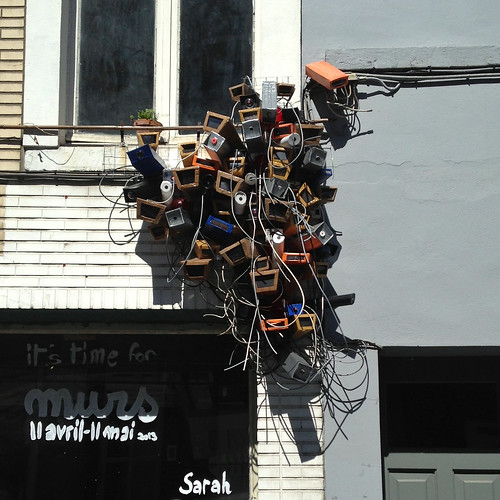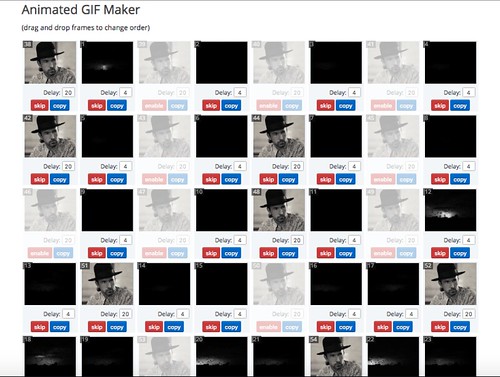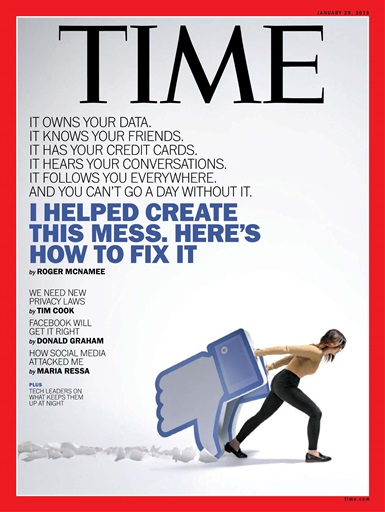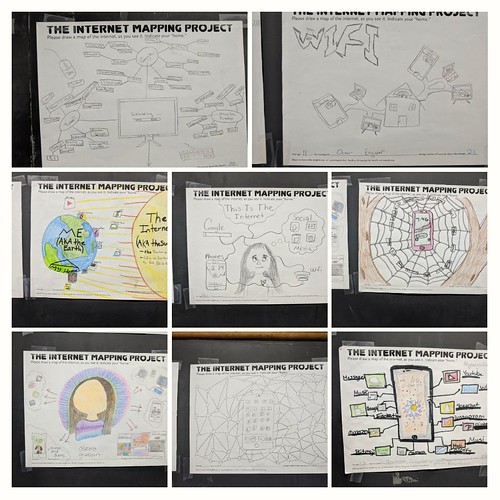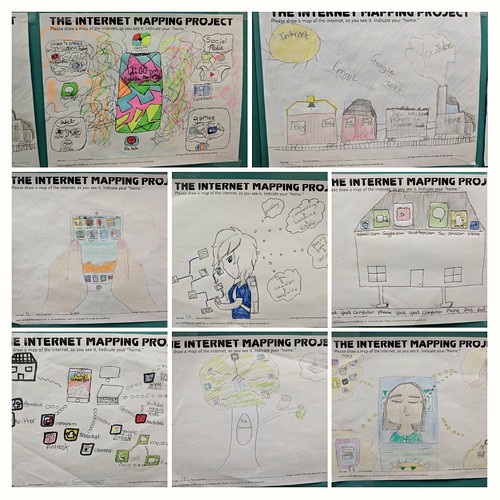This is a helpful video with John Greene about reading deeper, and understanding, digital information and digital media. Greene, author (The Fault in Our Stars) and vlogger (often with his brother), digs into how we can understand what’s behind the veil of what we read online, and to understand the move he calls “lateral reading.”
Greene’s key question of inquiry that we must always ask ourselves: Who made this and why?
He explains that we have been taught to read “vertically” — starting a text at the top, reading across line by line, ending up at the bottom. Like a book. Unless it’s manga (sorry, had to get that in). Reading “laterally,” he explains, means opening new browser tabs, checking information out against the original, jumping from the main text to complimentary text.
He suggests we become more active readers, checking information out before diving in with belief. Understanding who is funding sites, and why, is key to understanding how design and algorithms influence our thinking and understanding.
Networked Narratives is starting to explore a similar tangent, using the Four Moves concept. Greene’s ideas around “lateral reading” gives a complimentary angle to that.
Check out even more from Greene’s Crash Course videos that connect with this examination of how we experience and make sense of this world of digital information and manipulation:
Peace (in the reading screens),
Kevin
